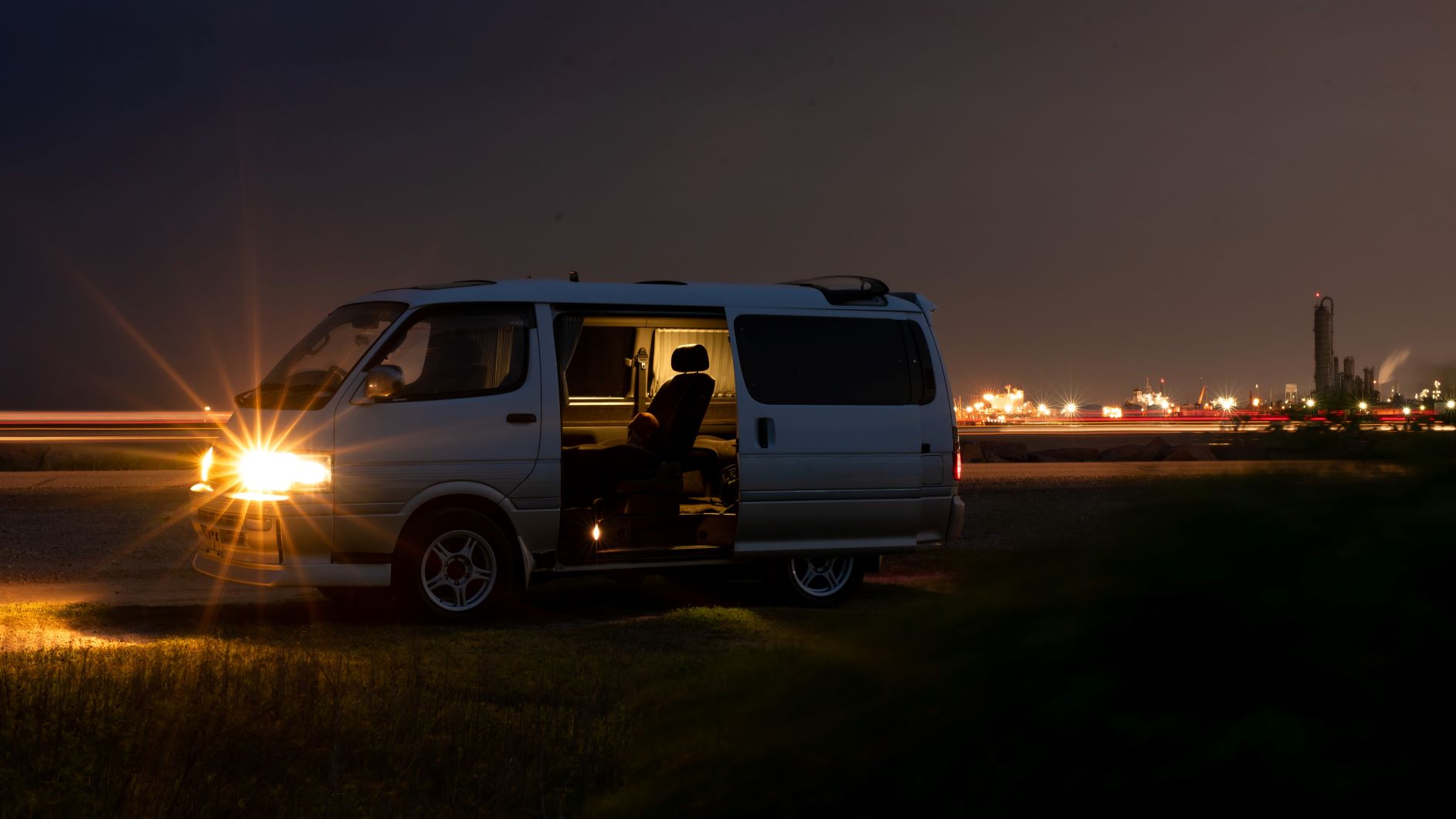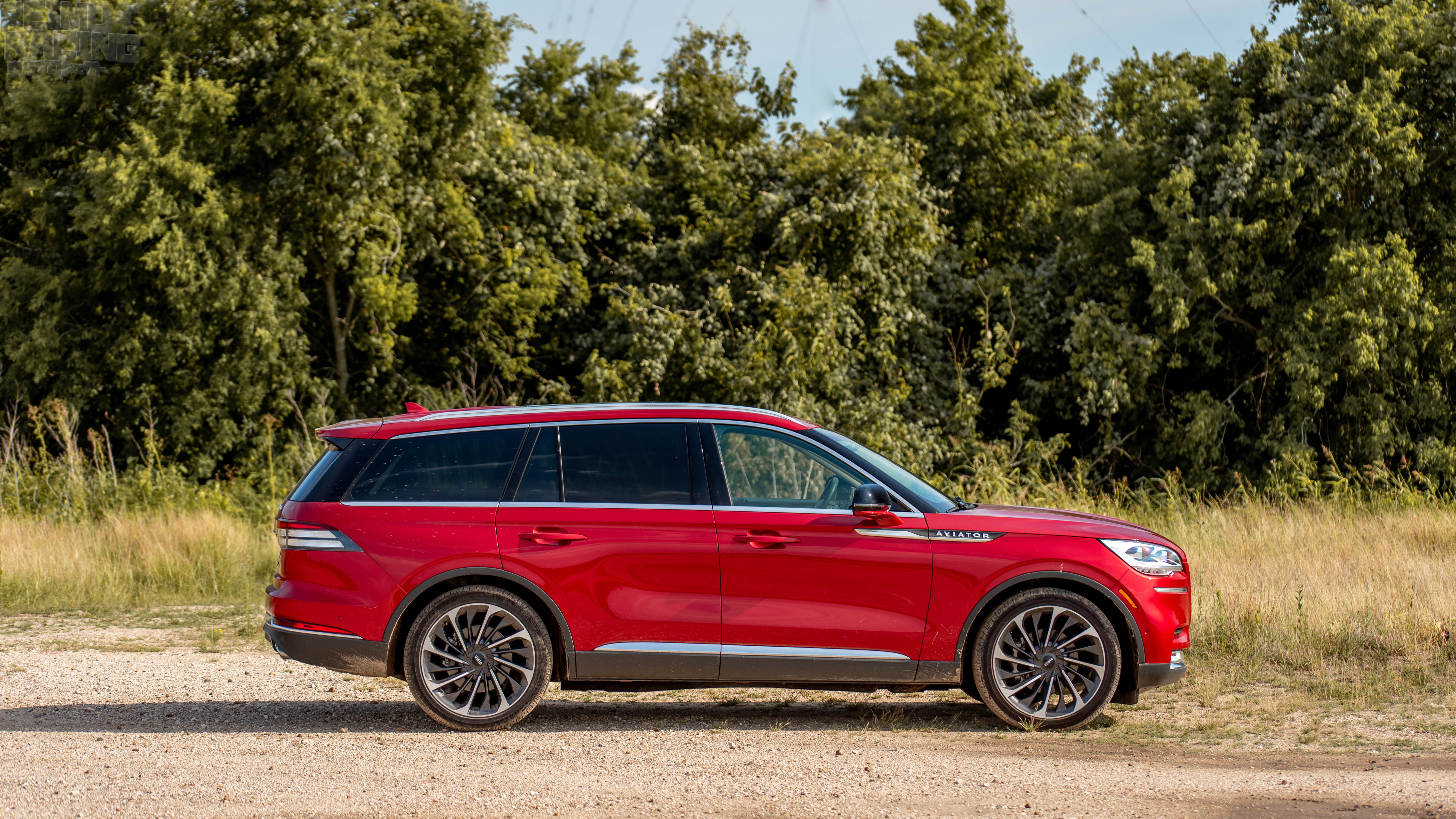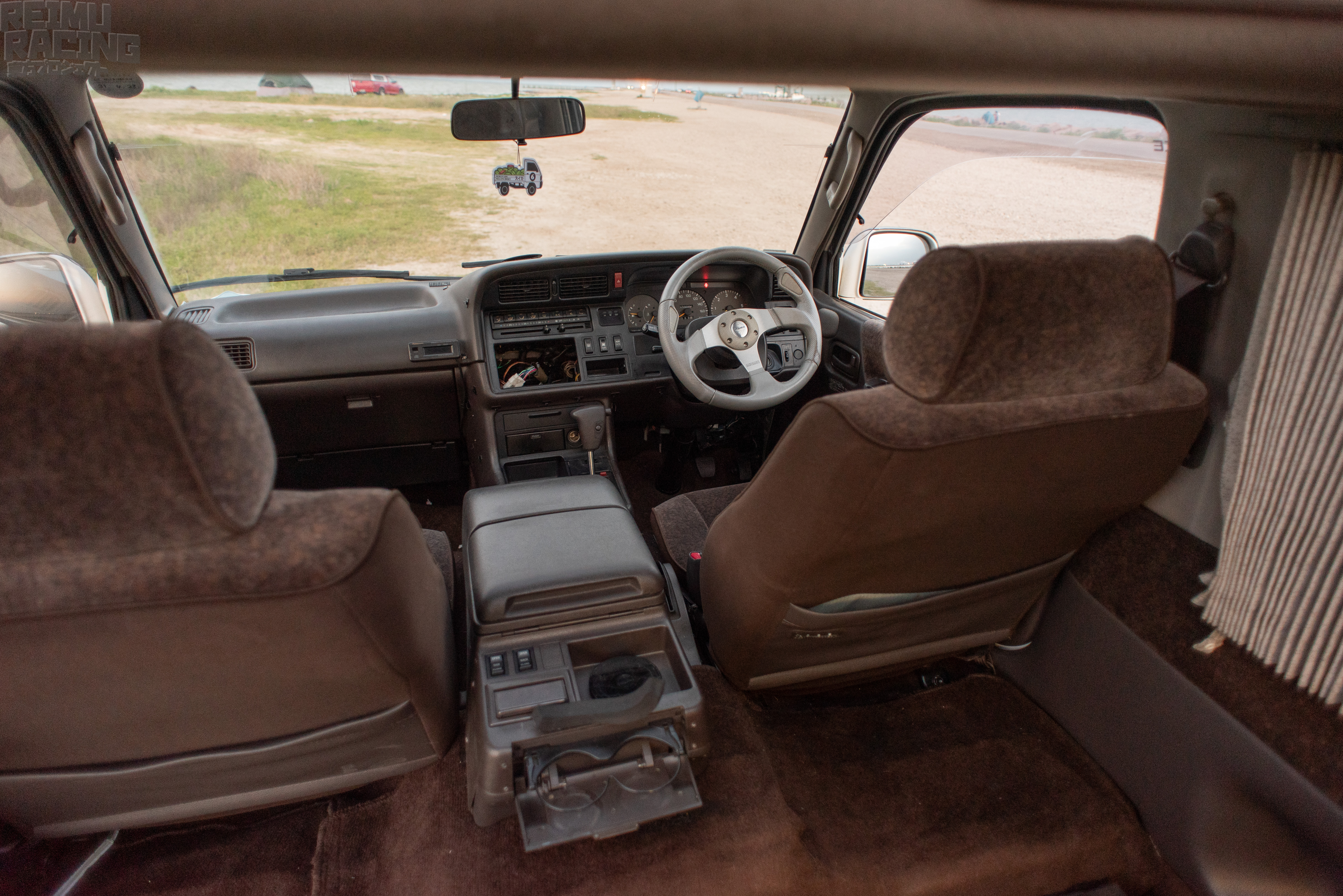

We may earn revenue from the products available on this page and participate in affiliate programs. Learn more ›
Road trips are a staple of American automotive life. With the country’s vast interstate highway system making sea to shining sea accessible by car, it honestly doesn’t matter where you start. And with the world collectively emerging from a year-long lockdown without travel, and air travel still dubious, it’s safe to assume everybody is itching to get out. We know we are.
Before hitting the road, though, there are a few things to check off on your vehicle’s maintenance, and list of road trip essentials, before any car, truck, or RAD VAN is certified Up For The Job™. These are the basic preparations every driver and passenger should take to ensure a safe and overall enjoyable adventure on the open road, singing tunes, camping, and eating an unhealthy amount of gas station snacks. But before we get to the all-important discussion about Spotify playlists, let’s dig into what needs to get done to your ride—and what needs to be in your trunk—so you can get on the highway!

Road Trip Preparation Basics
So what’s a road trip? Come on, you know what the answer is. t’s a movie trope. A cliche piece of American existence. But most of all, it’s a journey ranging from driving a few hours to a campground to weeks meandering through a continent, usually with an emphasis on the joy of the journey over just arriving at your chosen destination.
Any vehicle can be used, from an off-roader for driving off the beaten path, to a family wagon for fuel efficiency, to the crowd favorite, a van for partying with your friends at a campsite. No matter what you turn the key to, however, there are the same general plans you should make before leaving home.
Estimated Time Needed: Two to four hours of prep
Skill Level: Beginner
Vehicle System: General Maintenance
Road Trip Preparation Safety
Working on your car and hitting the open road can be dangerous, so here’s exactly what you’ll need to ensure you don’t die, get maimed, or lose a finger and that you keep your jeans, shirt, and skin spotless—hopefully.
Everything You’ll Need To Hit the Road
This list varies greatly depending on your plans, so for the purpose of this article, we’ll assume your routes and sleeping arrangements are set. Remember, though, check the weather and local temperatures of where you’re headed, as well as where you’re driving through, to make sure you don’t get stranded in a surprise blizzard or heatwave.
Tools for Vehicle Preparation
- Jack
- Jack stands
- Microfiber towels
- Everything to wash your car
- Everything to clean your car interior
- Tire tread gauge (or a quarter)
- Tire pressure gauge
- Air filters (Engine and cabin)
- Light bulbs
- Headlight restoration kit
- RainX
Possible Parts and Fluids You’ll Need
- New tires
- New brakes
- Wiper fluid
- Windshield wipers (make sure you get the right size)
- Oil and oil filter
- Coolant
- Brake fluid
- Clutch fluid
Keep these tools in your car as precautionary measures, just in case you need to do a quick pit stop.
Tools for the Road
- A socket set. Invaluable for both preparation and unforeseen small mechanical maladies.
- A cordless impact. This can help massively with wheel changes in case of a flat, or brake pads before you head out.
- Fix-a-flat. Rather have it and not need it, than vice versa. Trust me on that one.
- A jump pack. Jumper cables are good too, but there won’t always be somebody around to help. Same as above: with a road trip, preparation is key.
- A physical map. Additionally, if you plan on going off-roading, a specific off-road GPS will do wonders.
- A power inverter and/or charging plugs.
- A first aid kit.
- An emergency escape tool with window breaker and seatbelt cutter (you may recall Jonathon Klein’s request you all carry a pocket knife with you for this exact reason), also in case of emergency.
- Portable air compressor with tire inflator.

Here’s How To Road Trip Across the Country
There are two parts to a road trip: your prep, and your trip. Let’s dive into both.
Preparing For the Journey
- Clean out your car! It’s so much nicer to travel in a car that’s been cleaned and detailed. If you need details on how to do this, we have you covered.
- Change your oil.
- Check your tires for wear and proper inflation.
- Make sure all your headlights, brake lights, and warning lights function. (Author’s note: Unfortunately, I speak from experience; you do not want to find this out 400 miles into a trip.)
- Check your brake pads and lines for any excessive wear. If the trip is a couple of hundred miles and they look good, great! If you’re planning on attacking thousands and thousands of miles, this is a crucial safety component you should not leave to “good enough”—the fresher, the better.
- Generally speaking, a tune-up is good. Check coolant, brake fluid, clutch fluid, air filters, and any other consumable, potentially worn-out pieces of your vehicle. It’s better to get this handled before you leave rather than after.

Taking the Journey
- Be safe. Check in with friends as you arrive at a hotel or campground for a night. If you’re traveling alone, consider turning on a phone location tracker and sharing it with a friend or two, so they can help guide you if you get lost or your car breaks down.
- As much as we hate to put this fear out there, if you’re traveling alone—especially as a woman—it’s not a bad idea to take pepper spray and a whistle with you. (Author’s note: I’m taking these with me on my trip. I don’t expect to need them but they will give me peace of mind as I’m by myself in rural areas.)
- If you’re planning rural stretches where cell signal is sparse, a paper map for those regions may be a good investment to get you back to civilization.
- Drive safely: most states allow for you to sleep in your car at rest stops, and BLM land is free to use for camping as long as you leave no trace of your stay. Let yourself rest! For more about car camping, check out our piece, Car Camping Essentials.
- The journey is part of the fun, but sometimes breakdowns happen. If you do find your vehicle in trouble, and you don’t know what to do, well…
Sometimes You Need a Certified Mechanic
As much as The Drive loves to put the “you” in do-it-yourself, we know that not everyone has the proper tools, a safe workspace, the spare time, or the confidence to tackle major automotive repairs. Sometimes, you just need quality repair work performed by professionals—like our partners at Goodyear Tire & Service.
Pro Tips for Road Trippin’
We’ve crisscrossed the U.S. more times than we care to count. Here are our pro-tips.
- Having trouble planning your route? I’m personally a fan of Roadtrippers. The program allows you to set a departure point and a destination and search along your route for interesting stops and campgrounds. It also helps you determine the estimated cost of gas. I’ve found it invaluable for my summer road trip plans (more on that soon).
- Truckstop showers are amazing if you’re sleeping in your car. For a small fee you get a private stall to shower and freshen up, and it saves you having to pack a camping shower.
- Make sure all your medications and emergency supplies (like an Epipen or albuterol inhaler) are in a purse or backpack you can reach from the driver’s seat. If you have a situation where you need them, you do not want to dig through a suitcase for access to life-saving substances.
- Pack snacks and WATER. Do not dehydrate; dizziness is the enemy of a road tripper!
- If you plan to spend a while off the beaten path, a small solar-powered battery pack is a good idea to bring, to keep electronics charged.
And Here’s a Helpful Video
Check out Greg’s Adventures for how he outfitted his SUV as a camper for ultra-long stints on the road!

FAQs About Road Trips
You’ve got questions, The Drive has answers!
A: Literally anywhere, but the most fun for car enthusiasts is anywhere with some great roads. If you’re taking out a fun weekend car for the trip, you can make the journey as fun as the destination. For example: Try carving through the Appalachians on the way to Tail of the Dragon, or hitting the Pacific Coast Highway through California on your way to Mulholland Drive. If you’re taking a big SUV with 31” tires on it, try hitting some trails (that are at your skill level, of course!) and see the great outdoors.
A: Road trips can be planned on a variety of budgets, but the biggest expense you’ll be facing is the cost of gas and lodging. If you sleep out of your vehicle at campgrounds, you can get that cost down to a few dollars a night, but gas will depend on your car’s efficiency and average gas prices.
I’m personally choosing a relatively efficient diesel turbo van for my trip to help keep gas costs down, but I’m also planning a 5,000-mile trip—probably all told a few thousand dollars in costs by the time I return.
A: Even professional truckers are mandated to drive no more than 11 hours consecutively and are required to take a break after eight hours of driving. Assuming you’re not a professional semi-truck driver, you probably can’t last that long.
Personally, I take breaks about every 150 miles to stretch and relax, and I call it quits after 6-8 hours of driving. If you start getting tired and find driving difficult, there are rest areas or truck stops for that! Rest and get to your destination safely. I’ve done the dumb move where I tried to compress long trips into a single day or two by skipping naps and rest and I was miserable and exhausted. Not worth it.
Let’s Talk: Comment Below To Talk With The Guides & Gear Editors!
We’re here to be expert guides in everything How To related. Use us, compliment us, yell at us. Comment below, and let’s talk! You can also shout at us on Twitter or Instagram, here are our profiles. Got a question? Got a pro tip? Send us a note: guidesandgear@thedrive.com.